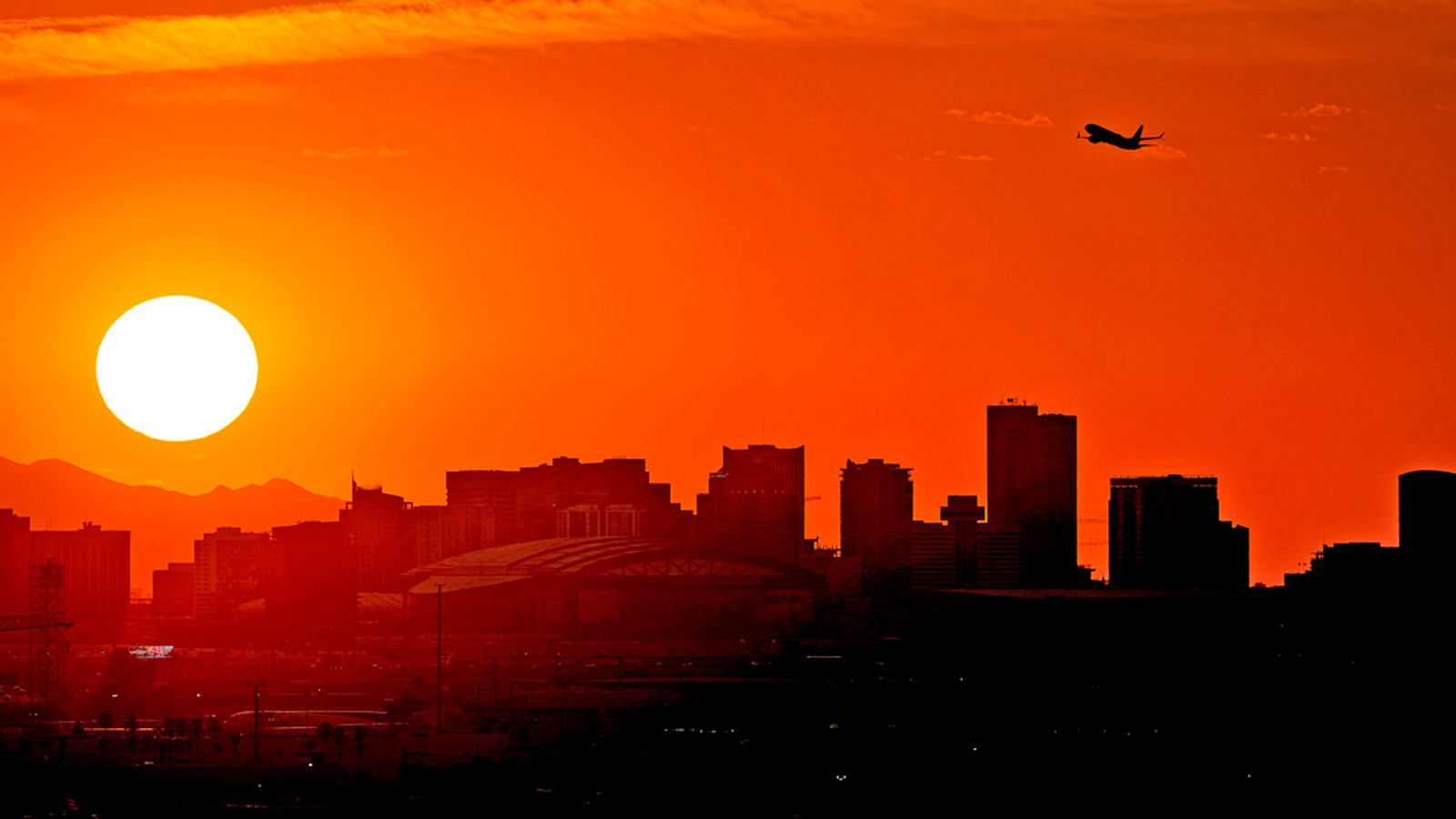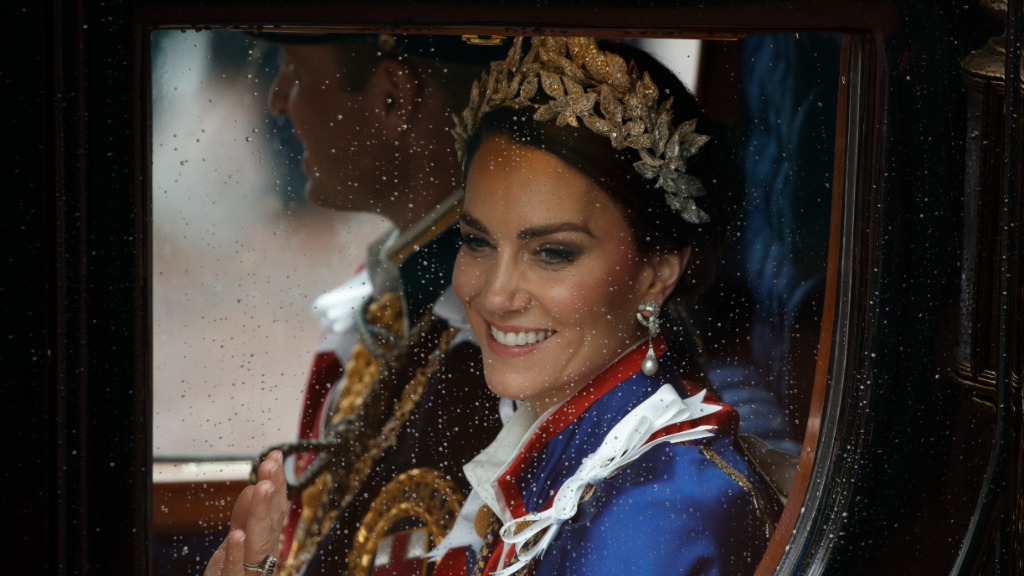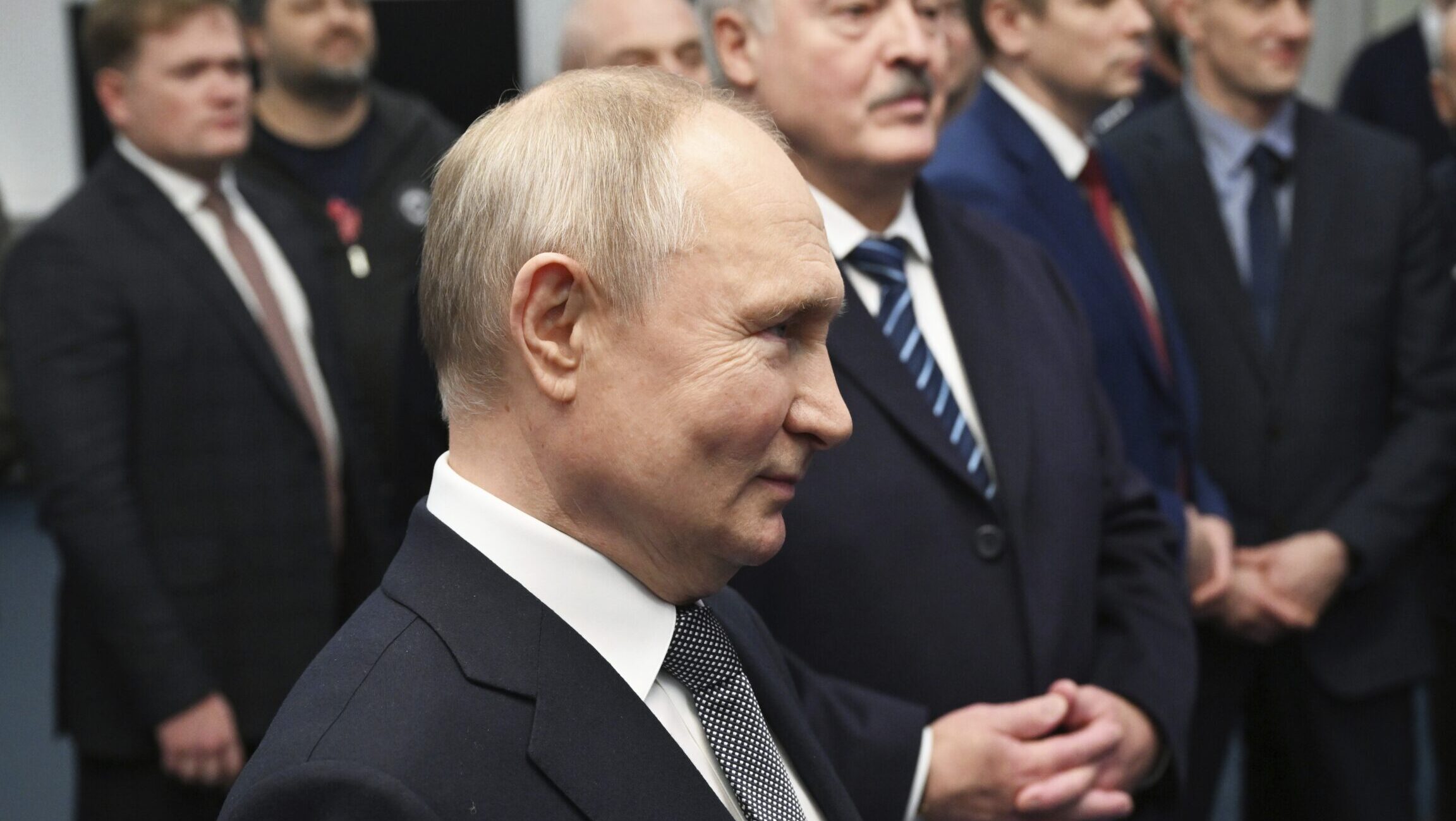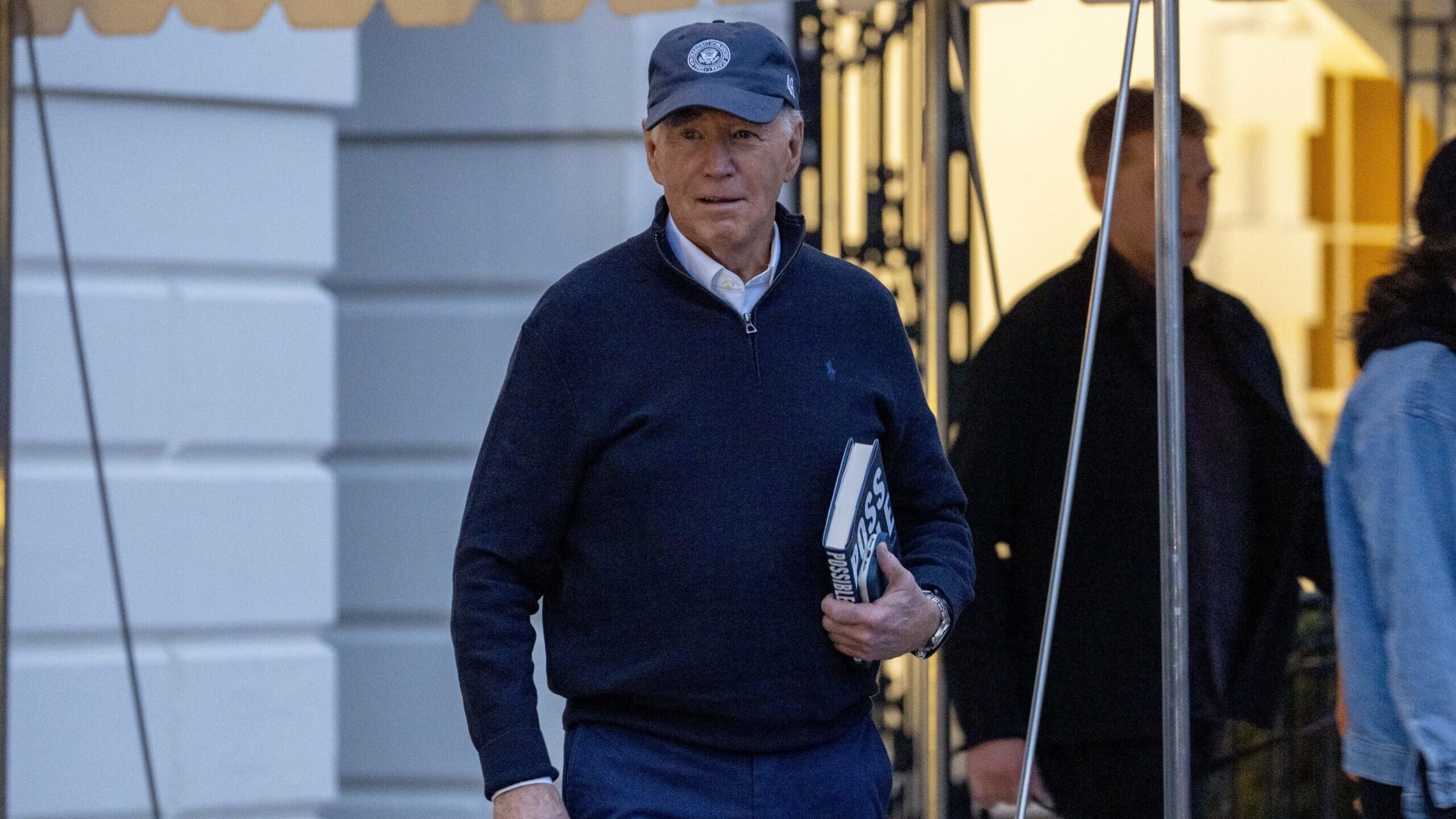Outsized risks face Peru’s expendable cocaine couriers
May 7, 2015, 7:55 AM

In this March 14, 2015 photo, Mardonio Borda,19, poses for a picture during an interview, in La Mar, province of Ayacucho, Peru. A native Quechua with broken Spanish and a sixth-grade education, Borda is among untold hundreds of cocaine backpackers who make the difficult and dangerous trek up Andean mountain paths first carved by their pre-Incan ancestors. (AP Photo/Rodrigo Abd)
(AP Photo/Rodrigo Abd)
HUANTA, Peru (AP) — He slides two T-shirts, shorts, canned tuna, toasted corn and boiled potatoes into the rucksack atop 11 pounds of semi-refined cocaine. In a side pocket, a .38-caliber Chinese pistol.
Mardonio Borda is a 19-year-old native Quechua with broken Spanish and a sixth-grade education. But he has at least $125,000 worth of drugs on his back that he will carry out of Peru’s main coca-growing valley. He is among untold hundreds of cocaine backpackers who make the difficult and dangerous trek up Andean mountain paths first carved by their pre-Incan ancestors.
In this country that overtook Colombia in 2012 as the world’s No. 1 cocaine-producing nation, Borda regularly hikes within a few hours of the Machu Picchu tourist mecca, bound for Cuzco with drugs. Sixty percent of Peru’s cocaine comes from the remote Apurimac, Ene and Mantaro river valley, and the backpackers trek for three to five days to deliver cocaine to traffickers who move the drugs on for export. But it is not the lung-searing ascents to high altitudes that worry the young men. It is the armed gangs, crooked police, and rival backpacker groups who regularly rob cocaine’s beasts of burden on journeys that can extend 100 miles (160 kilometers) or more.
“It’s win or lose,” said Borda, “like casino gambling.”
Hauling cocaine out of the valley is about the only way to earn decent cash in this economically depressed region where a farmhand earns less than $10 a day. Beyond extinguishing young lives, the practice has packed Peru’s highland prisons with backpackers while their bosses evade incarceration.
It is a big business. Roughly one third of the 305 metric tons of cocaine that the U.S. government estimates Peru produces each year travels by foot.
A hardy lot, cocaine backpackers are mostly native Quechua speakers like Borda and hail from the isolated peasant communities that suffered the worst atrocities of Peru’s 1980-2000 dirty war with Shining Path rebels. Not a few backpackers are orphans, and some are Ashaninka, members of Peru’s largest Amazon indigenous group.
The region’s poverty rate is triple the national average, but the backpackers earn from $150 to $400 per trip, depending on the load. The 11 pounds of coca paste that Borda shoulders are worth about $3,500 in Peru — and 16 times as much wholesale in the United States. As powdered cocaine sold by the gram in New York City, it would fetch up to $250,000.
“The great majority haven’t finished high school,” said Laura Barrenechea, a sociologist whose non-governmental group CEDRO last year interviewed 33 backpackers inside the maximum-security Yanamilla prison in Ayacucho, a regional capital in Peru’s central highlands where many backpackers’ journeys end.
“They are not really conscious that they are the first link in the drug-trafficking chain.”
___
Not a single fully paved road rises out of the Apurimac river valley, which stretches northward for 250 miles (400 kilometers), separating the Andes ridge from the Amazon basin.
Police say more and more cocaine is being processed to powder rather than left as coca paste, which includes residues of hydrocarbons, typically gasoline, used in the initial processing. While authorities say most of the drugs are now flown out, backpacking is dependable in the rainy season, cheaper than hiring a pilot and plane — and key to evading police checkpoints.
Backpackers, or “mochileros,” (“mochila” is Spanish for backpack), have been hauling cocaine this way for nearly two decades.
After reaching highland cities on foot, cocaine travels mostly via highway either to Pacific ports or Bolivia’s nearby border.
Peru’s cocaine trade is highly decentralized, run by scores of extended families who sell to representatives of foreign cartels. The backpackers they hire travel in groups as small as four and as large as 70. Guards with assault rifles often accompany them, as do scouts who walk 20 minutes ahead.
“You don’t sleep,” said Alcides Martinez, a wiry 24-year-old backpacker. Martinez said he has worked several times as a guard, earning $1,000 per trip and carrying Galil and FAL assault rifles.
The traffickers also tote radios and satellite phones. Police, by comparison, rarely have more than cellphones.
A typical trip begins with a ride down into the valley paid for by the patron. One backpacker described how his group would then get fed at a house in the Apurimac valley town of Lechemayo, issued backpacks and driven as high as the dirt road went. Some backpackers carry handguns, some grenades.
At times, it rains so hard that mochileros, exhausted, hire horses and mules. But they’re an additional expense — and a potential liability.
Martinez, who says he’s made 30 trips since age 18, lost two close friends. One slipped and fell off a precipice in the confusion of an armed robbery. Another was suspected of being an informant — and took two bullets to the head. Martinez knows he could easily meet the same fate.
Cocaine backpacking is a twice-monthly endeavor for the jack-of-all-trades, who also works construction and in the fields. His wife wants him to stop. “‘You’ve got to find other work,’ she tells me.”
But he rarely refuses a trip. He needs to feed his wife and two children — ages one month and 2 years.
Rufina Galvez wishes her only son, Yuri, had stopped.
The university student had gotten his father’s permission to haul coca to pay for his agronomy studies, his mother said. He adored her, ferrying her around Ayacucho on his blue motorcycle, buying her groceries, making sure she always had cell phone minutes.
When he started backpacking, Yuri always checked in by phone. So when he didn’t call after a March 2013 smuggling trip, his mother turned to reading coca leaves to try to divine his fate, tossing them on her skirt as is customary.
“The leaves fell spine-up, a bad sign,” she said.
Yuri was found face-up on a mountain trail, with bullet wounds to his head, stomach and arm.
___
“Nobody goes out unarmed,” said a 26-year-old backpacker from Andahuaylas. “The boss told us that if we run into a small group of police — eight or 10 — we should fight … throw a grenade.” Otherwise, surrender.
His career ended after four trips when he invested in a load he helped carry. He is convinced that his boss hired thieves to steal his 25-kilogram (more than 50-pound) share when his guard was down. He said the boss then demanded he pay for the stolen drugs.
The backpacker moved with his parents to the Pacific coast, where they harvest rice. Two years later, they still haven’t paid off the $10,000 bank loan they took out to invest in the drug shipment.
“I can’t go back,” he said, speaking on condition of anonymity out of fear. “They said they’re going to kill me.”
Andahuaylas is controlled by traffickers, and most people live either directly or indirectly off the trade, backpackers say, a claim backed by prosecutors and investigators from Peru’s elite counternarcotics police.
Many of the young men believe their bosses sometimes sacrifice a small group of backpackers to police so a larger contingent can pass unperturbed carrying far more cocaine.
Rural medic Oscar Huaman runs a health post along a principal backpacker route, where he sees mochileros almost daily.
Huaman had to pluck grenade fragments in January from the legs and faces of two backpackers who were attacked cooling off at a stream. One lost his pack and the nearly 18 pounds of cocaine inside.
It could have been worse. Villagers along the remote routes sometimes run across putrefied corpses.
“Out there you rot. The dogs and pumas eat you,” said Hector Fernandez, justice of the peace in Putis, a major backpacker transit zone.
Deaths often go unreported. Bodies lack identification papers, and villagers bury them without notifying authorities.
Borda, the backpacker whose route passes near Machu Picchu, says his group of four was once confronted by five gunmen.
“We only had three .38-caliber pistols,” he said. “So that they wouldn’t kill us, we gave them all the backpacks.”
___
Narcotics police Maj. Juan Tardio was frustrated, tired and his fingers were going numb.
His men had hiked five hours and spent a frigid night in rugged mountains only to watch as their quarry, 15 mochileros, appeared at 1 a.m. on a different trail two-thirds of a mile away.
“We had good intelligence, but we could only stake out one of three paths, and they chose another,” the major said after walking his men down the mountain in a cold drizzle.
Backpackers can choose from myriad routes on the half-dozen corridors of sparsely populated steppe. They often hike at night, to avoid detection.
Few backpackers know before they are arrested that they face eight- to 15-year prison sentences, says Barrenechea, the sociologist. If they are caught with unlicensed firearms, sentences are stiffer.
The law was amended last year to strip anyone newly convicted of drug trafficking of a chance at parole. They must now serve the minimum: eight years.
In highlands prisons along the western rim of the Apurimac river valley, nearly half the inmates are in for cocaine trafficking — compared to a fifth nationwide.
At the Ayacucho prison, 1,128 out of the 2,327 inmates were in for drug-related crimes in January, the latest month for which data was available. No statistics are kept on how many are mochileros, but prosecutors say it’s the majority. In Andahuaylas, half of the 343 inmates were in for drug-related crimes.
President Ollanta Humala’s government has not addressed the high incarceration rate, though the president did lament the backpackers’ fate during a July speech in Cuzco: “I’m embarrassed for this country because we have not offered them opportunity.”
Sociologist and drug war analyst Jaime Antezana said cocaine backpackers are targeted by law enforcement because powerful traffickers evade prosecution and capture by bribing police, prosecutors and judges.
“The policy is basically concentrated on the masses, on the narco lumpen proletariat, which is the backpackers. And they end up jamming the prisons.”
Only a handful of local and regional drug capos have been arrested in recent years — and no major traffickers, says Sonia Medina, Peru’s state attorney for narcotics and a harsh critic of drug corruption in the country’s criminal justice system.
Gen. Vicente Romero, Peru’s No. 2 police commander, says some backpackers long ago graduated to the big leagues of trafficking, moving to Bolivia to buy small planes and join the airborne-smuggling business.
Borda, the 19-year-old backpacker, has a more humble ambition.
He is saving up to buy a plot of land and get into the business on the ground floor.
“With coca bushes of my own,” he said, “I’ll earn more money.”
Copyright © The Associated Press. All rights reserved. This material may not be published, broadcast, rewritten or redistributed.









